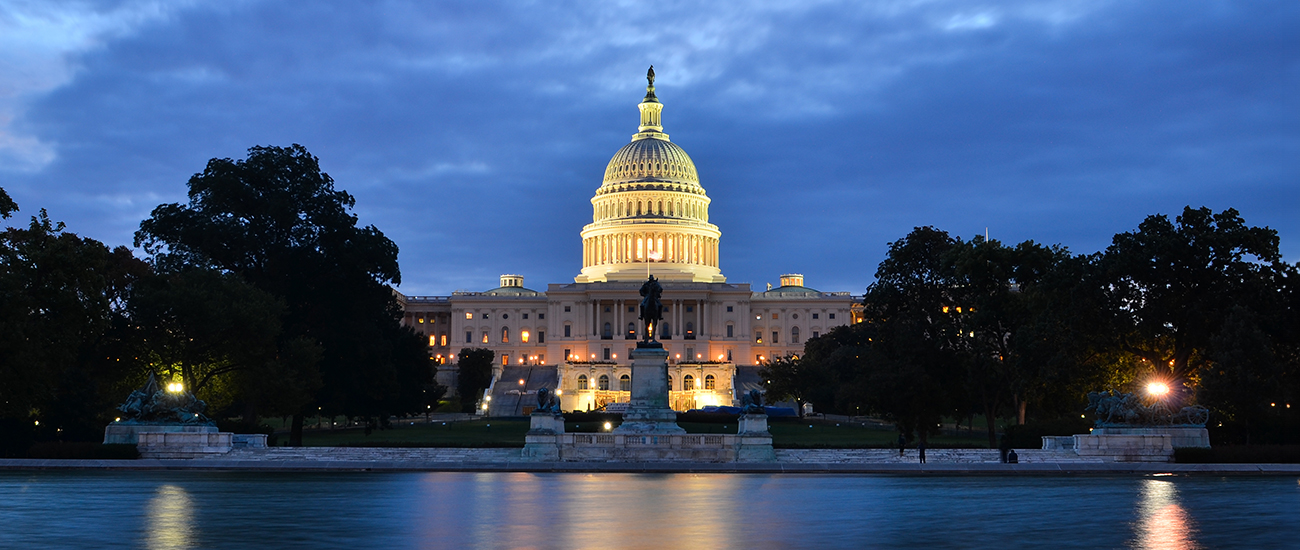- Contact Us Now: (202) 589-1834 Tap Here to Call Us
DOJ Settles HPE/Juniper Networks Avoiding Trial
The U.S. Department of Justice (DOJ) reached a settlement with Hewlett Packard Enterprise (HPE) and Juniper Networks on June 28, 2025, resolving concerns over HPE’s $14 billion acquisition of Juniper Networks. The settlement required HPE to divest its Instant On wireless networking business and license Juniper’s Mist AI software source code to independent competitors to address antitrust issues. This agreement was finalized to avoid a trial scheduled for July 9, 2025, and allowed the acquisition to close on July 2, 2025.
The settlement aimed to restore competition by ensuring that key assets, such as HPE’s Instant On business and Juniper’s AI Ops for Mist source code, remained available to competitors. The divestiture of the Instant On business to a DOJ-approved buyer within 180 days and the licensing of Mist AI software were designed to maintain competitive dynamics in the wireless local area network (WLAN) market, preventing the merged entity from dominating over 70% of the market alongside Cisco Systems. Industry perspectives, including comments from solution providers, suggest that these measures were seen as minor concessions that preserved the deal’s benefits while fostering competition, particularly against Cisco, by enabling a stronger, AI-driven networking portfolio for HPE.
To be sure, the effectiveness of these measures in fully restoring competition depends on the execution of the divestitures and licensing, as smaller competitors may still face challenges matching the scale of the merged HPE-Juniper or Cisco. That said, the licensing Juniper’s Mist AI software source code to independent competitors is a notable concession in the DOJ’s settlement with HPE and Juniper. This move was designed to facilitate new entry and maintain competition in the wireless local area network (WLAN) market.
The Mist AI software is a key component of Juniper’s portfolio, powering its cloud-managed, AI-driven networking solutions that optimize wireless performance and user experience. By requiring HPE to license this source code to competitors, the DOJ aimed to lower barriers for new or smaller players to develop competitive WLAN solutions, potentially fostering innovation and preventing the merged HPE-Juniper entity (with over 70% market share alongside Cisco) from stifling competition. This licensing could theoretically enable entrants to build or enhance AI-driven networking products without the need to develop comparable technology from scratch—a significant hurdle given the complexity and cost of AI-driven network management systems.
The effectiveness hinges on how accessible and affordable the licensing terms are in the future so the DOJ’s oversight will be very important. New entrants will likely need more that just access to the source code, they will need the technical expertise, infrastructure, and market reach to capitalize on the code. The settlement also required HPE to divest its Instant On wireless business to a DOJ-approved buyer within 180 days. This divestiture ensures that a standalone competitor retains a foothold in the market, potentially amplifying the competitive impact of the Mist AI licensing by giving an existing player immediate market presence. Fortunately, many of the competitors in the WLAN enterprise grade are actually significant competitors already.
This is clearly a strategic compromise that preserves HPE’s ability to compete with Cisco and globally while addressing DOJ concerns in the domestic market. The licensing of Mist AI could indeed spur innovation by enabling competitors to offer AI-driven solutions, potentially leading to new entrants or strengthening existing ones like Extreme Networks, Arista, Fortinet, or Ruckus. In short, giving up the Mist AI source code is a significant concession in that it creates an opportunity for new entry by lowering a key technological barrier. Whether it truly restores competition depends on how competitors leverage this access and navigate the broader market challenges. It’s a step toward leveling the playing field, but not a guaranteed win for new entrants against the industry’s heavyweights.
Lessons Learned
The recent settlement in the HPE-Juniper merger case offers insights into the DOJ’s approach to antitrust enforcement. Although the allegations in the complaint lacked a clear resolution, the settlement reflects a pragmatic decision by the DOJ to accept an imperfect remedy for a case with weak grounds for a full challenge. The DOJ hailed the settlement as a victory, describing it as a novel approach to addressing unique challenges in merger cases. Notably, the DOJ considered the procompetitive benefits of the merger, particularly in the context of global competition. The agreed-upon remedy includes HPE’s divestiture of its global Instant On campus and branch WLAN business and at least one perpetual, non-exclusive license to Juniper’s Mist source code. This remedy modestly reduces market share in the enterprise-grade WLAN solutions market, but allows for new entrants to expand their enterprise grade WLAN offerings. In addition, the divestiture and licensing must be completed within 180 days, with the possibility of 60-day extensions if needed, indicating the DOJ’s flexibility in finalizing the agreement. This is also a departure from recent practice.
Assistant Attorney General Slater’s stance against accepting inadequate remedies may still hold when a challenge is strongly supported by evidence. However, in this case, she demonstrated willingness to negotiate a less-than-ideal remedy for a merger that likely did not warrant being blocked. This decision aligns with the investigating staff’s view that the deal should not have been challenged initially. The decision to settle rather than litigate, despite a weak legal case due to Juniper’s modest 6.5% market share, reflects a strategic choice to preserve agency credibility while enabling the merger and also aligns with the Trump administration’s “America First” agenda.
The key takeaways are that the DOJ is open to settling weaker cases with tailored remedies; the DOJ will consider procompetitive benefits, such as global market competitiveness so that can influence outcomes in future deals; and the DOJ is willing to use flexible timelines and pragmatic remedies reflecting a balanced approach to antitrust enforcement.
Andre Barlow
202-589-1838




